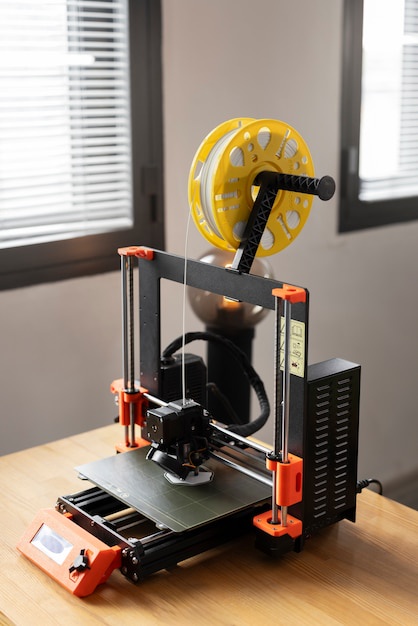In large CNC (Computer Numerical Control) machining operations, selecting the right tools is crucial for achieving optimal results. The choice of tools directly impacts factors such as cutting efficiency, surface finish, and overall productivity. This article provides insights into the key considerations and best practices for selecting the right tools for Large CNC machining applications, ensuring precision, quality, and efficiency.
Understanding the Requirements
Before delving into tool selection, it's essential to understand the specific requirements of the machining operation. Factors such as the type of material being machined, the complexity of the part, and the desired surface finish all influence the choice of tools. Additionally, considerations such as cutting forces, spindle speed, and feed rates play a critical role in determining the suitability of tools for the application.
Material Compatibility
Different materials exhibit varying properties that require specific tooling solutions. For example, machining aluminum requires tools with high thermal conductivity and low friction to prevent chip welding and ensure efficient chip evacuation. On the other hand, machining hardened steel demands tools with high wear resistance and toughness to withstand the high cutting forces and temperatures involved.
Machining Operations
The nature of the machining operations, whether it's milling, turning, drilling, or grinding, dictates the type of tools required. End mills, drills, inserts, and boring bars are just a few examples of the wide array of tools available for different machining tasks. Understanding the intricacies of each operation and selecting tools optimized for the task at hand is essential for achieving optimal results.
Key Considerations for Tool Selection
Tool Material
The choice of tool material significantly impacts its performance and longevity. High-speed steel (HSS), carbide, and ceramic are among the common materials used for machining tools. Carbide tools are renowned for their exceptional hardness and wear resistance, making them ideal for high-speed machining and demanding applications. However, they may be more brittle than HSS tools, requiring careful consideration of cutting parameters and tool geometry.
Tool Geometry
The geometry of the cutting edge, including rake angle, relief angle, and chipbreaker design, influences chip formation, cutting forces, and surface finish. Optimal tool geometry depends on factors such as material properties, cutting conditions, and desired outcomes. For example, increasing the rake angle can reduce cutting forces and improve chip evacuation, while a higher relief angle enhances tool strength and resistance to edge chipping.
Coating Technology
Coatings such as TiN (Titanium Nitride), TiCN (Titanium CarboNitride), and TiAlN (Titanium Aluminum Nitride) offer enhanced wear resistance, heat dissipation, and lubricity, prolonging tool life and improving performance. Selecting the appropriate coating technology based on the machining application and material ensures better tool longevity and cost-effectiveness.
Conclusion
Selecting the right tools for large CNC machining is a critical aspect of ensuring precision, quality, and efficiency in manufacturing operations. By understanding the specific requirements of the application, considering factors such as material compatibility, machining operations, tool material, geometry, and coating technology, manufacturers can make informed decisions that optimize performance and maximize productivity. Embracing advancements in tooling technology and continuous improvement processes will further enhance machining capabilities and competitiveness in the ever-evolving landscape of CNC machining.


No comments yet